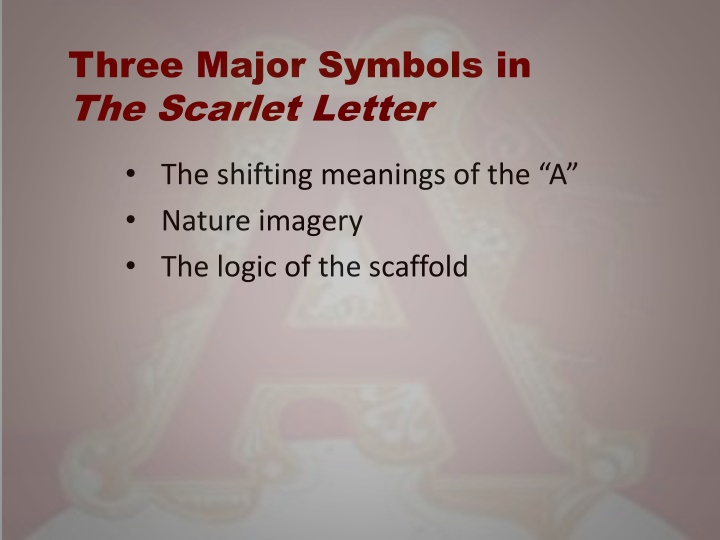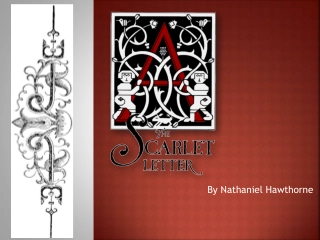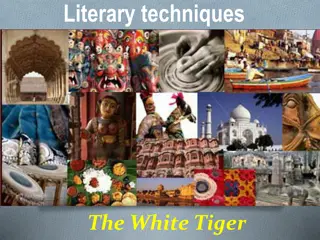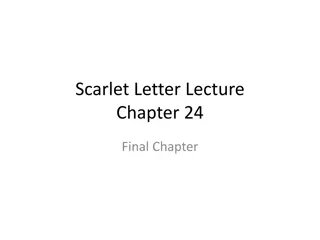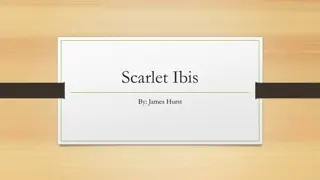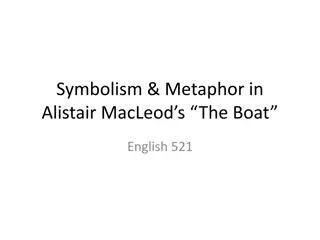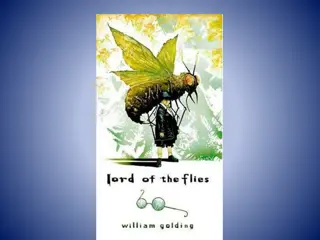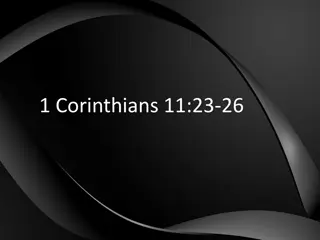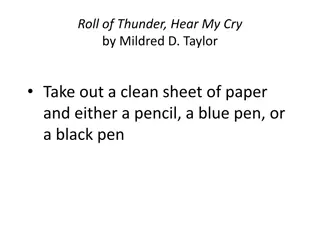Symbolism and Nature Imagery in The Scarlet Letter
The shifting meanings of the iconic symbol 'A,' the symbolism of nature imagery, and the significance of the scaffold scenes in Nathaniel Hawthorne's novel, The Scarlet Letter. Delve into key moments in the life of the symbols, the spiritual qualities of nature, and the special significance of scenes set in nature. Contrast the different settings like the cliff and the forest, and analyze the pivotal scaffold scenes throughout the story.
Download Presentation

Please find below an Image/Link to download the presentation.
The content on the website is provided AS IS for your information and personal use only. It may not be sold, licensed, or shared on other websites without obtaining consent from the author.If you encounter any issues during the download, it is possible that the publisher has removed the file from their server.
You are allowed to download the files provided on this website for personal or commercial use, subject to the condition that they are used lawfully. All files are the property of their respective owners.
The content on the website is provided AS IS for your information and personal use only. It may not be sold, licensed, or shared on other websites without obtaining consent from the author.
E N D
Presentation Transcript
Three Major Symbols in The Scarlet Letter The shifting meanings of the A Nature imagery The logic of the scaffold
Key moments in a the life of a symbol First glimpse Adultery: shame and shamelessness (480) Why decorate it? Is she defiant? What sphere does she occupy? A Metor Angel and Adultery (536, 537) Shifting between, both unreal Able Hester s ministrations and advice (539) Awe Of the life she led (593) Apostle Of women s rights and the right to happiness (593)
Natures spiritual qualities Plants have almost magical properties Rose outside prison door (477) Wild, delicate & beautiful, linked to Pearl Contrasted to the dark flower of fate (546) Chillingworth s herbs (522) Dark flabby leaf Grown out of the heart of an unmarked grave = secret sin plants & nature manifest truth that can t be spoken Burrs in the graveyard (524) Thorny, stick to the A Like Christ s crown of thorns Reminder of judgment after death
Scenes set in nature have special significance. Hester meets her ex-husband on the wasted cliff where he gathers herbs. (546) Sun doesn t shine on this guy.
Contrast that cliff scene to the forest Lawless, godless wilderness, a place of freedom and the Black Man (Devil) How is Hawthorne positioning readers to feel about all that the forest unleashes or enables? (554, 559, 561) Consider how Hester & Dimmesdale change in the forest. Also, Dimmesdale goes a little crazy after the forest.
Scaffold Scene Number 1 Who s where, why & what s accomplished? What s the POV? (481 3)
Scaffold scene 2 Who s where, why & what s accomplished? POV? (531-536)
Scaffold Scene 3 What changes? Narrative POV? Hester listens to Dimmesdale s last sermon while standing at the foot of the scaffold. (583) Then he staggers up with her to reveal all. (589)
The scaffold is a symbol Whatever happens to a symbol is the text s comment on the idea it represents. There s a trajectory, something that s necessary in order for the novel to resolve its conflicts Of course Dimmesdale must confess What else is required? Is this an endorsement of Calvinist forms of punishment? Why do some refuse to believe in his guilt?
